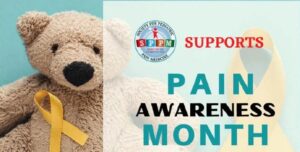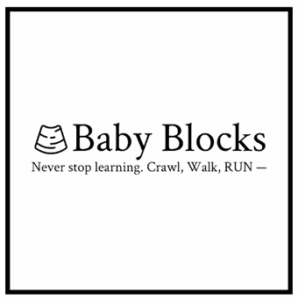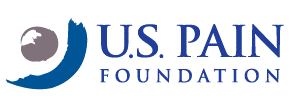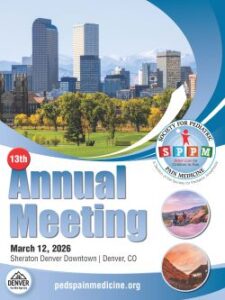September is Pain Awareness Month, a time to raise public awareness of issues in the area of pain and pain management for children and adolescents.
QUESTION OF THE MONTH/VISUAL PEARLS/POLLS OF THE MONTH
SEPTEMBER 2025 QUESTION OF THE MONTH
Question Authors: Umanga Luintel, MBBS 4th Year, KIST Medical College and Teaching Hospital and RJ Ramamurthi, MD, Clinical Professor, Stanford University
Question Editor: Rita Agarwal, MD, FAAP, Clinical Professor, Stanford University
A 7-year-old girl, born with microtia (grade III), undergoes an external ear reconstructive surgery. The cartilage for the reconstruction is harvested from 5th to 7th costal cartilages of the right side. Her past medical history is significant for developmental delay and moderate obstructive sleep apnea. For intraoperative pain management, IV ibuprofen and acetaminophen is used. After an uneventful intraoperative period, the patient is transferred to the postoperative area. Two hours later, she begins to experience significant pain over the donor site. She is crying inconsolably and is unable to move. The pain is worsened with deep inspiration. The family has a history of substance use disorder and is very concerned about the use of opioids. Which of the following is most likely the best approach for managing pain in this child?
A. Start continuous intravenous morphine
B. Regional anesthesia with ultrasound-guided External Oblique Intercostal Block (EOIB) + Serratus Anterior Plane Block (SAPB)
C. Oral Tramadol as needed
D. Use a patient-controlled analgesia (PCA) pump
AUGUST 2025 VISUAL PEARL
Visual Pearl Contributors: Alvina Rosales, PhD, Children’s Hospital Los Angeles; Elysia Soria, PhD, Children’s Hospital Los Angeles; Abid Haque, MD
Visual Pearl Editor: Genevieve D’souza, MD, FASA, Stanford University School of Medicine






 SPPM 13th Annual Meeting
SPPM 13th Annual Meeting